Four decades ago, Ghostbusters burst onto the silver screen with its unique blend of comedy, science fiction, and supernatural elements. The film not only captured the hearts of moviegoers but also left an indelible mark on pop culture, spawning sequels, animated series, and a dedicated fan base. As we look back, it’s clear that the charm and wit of the original Ghostbusters have stood the test of time.
Today, revisiting this iconic film invites a mix of nostalgia and fresh appreciation. What made Ghostbusters so special, and why does it continue to resonate with audiences both old and new? This review will dive into the heart of the movie’s enduring appeal, exploring how its groundbreaking effects, memorable characters, and clever script have solidified its status as a cinematic classic.
Features
“Ghostbusters” has managed to remain a beloved classic over the years, much thanks to its remarkable features that combine visual sparkle with auditory charm.
Visual and Special Effects
At the time of its release, “Ghostbusters” was a frontier for visual and special effects in cinema. The film employed a blend of practical effects and early CGI to bring its array of ghosts and supernatural phenomena to life. Notably, the creation of the Stay Puft Marshmallow Man, which was a combination of puppetry and optical effects, stands out as an iconic achievement in film history. The liberal use of practical effects added a tangible quality that CGI effects sometimes lack, enhancing the film’s authenticity and enduring appeal. The visual effects not only served to enhance the comedic and eerie atmosphere but also established a visual benchmark for the films of that era.
Soundtrack and Audio Quality
The “Ghostbusters” soundtrack, famously anchored by Ray Parker Jr.’s catchy theme song “Ghostbusters,” became as iconic as the film itself. The soundtrack perfectly complemented the film’s mixture of horror and humor, with its blend of pop, rock, and orchestral sounds setting the right mood for every scene. The audio quality of the film has been noted for its clarity and precision, which was particularly notable during a time when stereo sound was just beginning to become a standard in cinemas. The clever use of sound effects for the ghosts and the proton packs bring an additional layer of realism and immersion, making the film as much a treat for the ears as it is for the eyes.
Performance
In assessing “Ghostbusters” 40 years post-release, the film holds up remarkably well, with performances and script elements that remain engaging and dynamic.
Cast and Character Portrayal
“Ghostbusters” features a stellar ensemble cast led by Bill Murray, Dan Aykroyd, Sigourney Weaver, Harold Ramis, and Ernie Hudson. Each actor brings a unique energy to the film, which balances supernatural drama with a laid-back comedic style. Bill Murray’s portrayal of Peter Venkman stands out with his sardonic and laid-back approach, providing much of the film’s comic relief. Dan Aykroyd and Harold Ramis, as Ray Stantz and Egon Spengler respectively, contribute with their earnest and slightly nerdy enthusiasm for the science behind ghost catching, contrasting nicely with Murray’s skepticism.
Ernie Hudson, as Winston Zeddemore, though not as prominently featured as his co-stars, offers a practical, everyman charm that rounds out the ghost-busting team. Sigourney Weaver’s role as Dana Barrett provides a strong, convincing performance that balances the supernatural elements with a tangible sense of danger and romantic interest. Together, the cast not only entertains but also creates a believable group dynamic that’s crucial for the film’s success.
Script and Dialogue
The screenplay of “Ghostbusters,” penned by Dan Aykroyd and Harold Ramis, is a fine blend of sharp wit, clever one-liners, and a structured narrative that moves smoothly from one act to another. The dialogue sparkles with humor that transcends the 1980s, contributing to the film’s longevity and appeal. Lines such as “Who ya gonna call?” and “I ain’t afraid of no ghost” have become ingrained in popular culture, demonstrating the script’s impactful and memorable writing.
The interactions between characters are written with a natural flow, enhancing both the comedic and suspenseful moments without overshadowing the story’s supernatural stakes. The script deftly balances technical jargon about ghost-catching equipment with accessible humor, ensuring that viewers are both educated and entertained. This clever dialogue delivery ensures that “Ghostbusters” remains an engaging watch, even decades after its first release.
User Experience
Exploring “Ghostbusters” after 40 years reveals a fascinating user experience shaped by both nostalgia and contemporary appreciation. This section delves into how audiences have perceived the movie upon its initial release and decades later, alongside its evolving cultural significance.
Viewing Experience Then and Now
When “Ghostbusters” debuted in 1984, it was heralded for its innovative blend of genres and cutting-edge special effects. Audiences were captivated by the high-energy performances and the visual spectacle of ghost-hunting in New York City. The film’s original viewers enjoyed a fresh comedic approach paired with thrilling paranormal adventures, which was quite novel at the time.
Fast forward to today, “Ghostbusters” is often viewed through a lens of nostalgia, yet it continues to attract new fans. Modern audiences, equipped with HD and 4K technologies, can appreciate the meticulous details of the visual effects and set design that were ahead of their time. However, some aspects like the slower pacing in certain sections and less sophisticated special effects compared to today’s standards might be more noticeable. Despite these differences, the movie maintains its charm and appeal, showing that its core elements transcend generational shifts in technology and taste.
Cultural Impact Over the Years
“Ghostbusters” has left an indelible mark on popular culture. It’s not just a film but a phenomenon that spawned sequels, animated series, merchandise, and a dedicated fan base that thrives across the globe. Themes from the movie, such as the iconic ghost-catching technology and the quirky yet catchy theme song, have become part of the cultural lexicon.
The film also influenced numerous other media by demonstrating that combining horror and comedy could yield both critical and commercial success. Over the years, “Ghostbusters” has been referenced in countless other films, TV shows, and even in music, highlighting its widespread impact. Annual screenings and cosplay events continue to draw crowds, proving that the film’s cultural footprint has only expanded with time. This continued relevance speaks volumes about its lasting appeal and how deeply it has resonated with multiple generations.
Comparison
When evaluating “Ghostbusters” against its newer iterations, one must consider how the original has stood the test of time compared to its more modern counterparts.
Original Ghostbusters vs. Modern Day Remakes
“Ghostbusters” has spawned several remakes and sequels, most notably the 2016 reboot “Ghostbusters: Answer the Call” and the 2021 release “Ghostbusters: Afterlife.” Each of these films attempts to capture the essence of the original while infusing new elements suited to contemporary audiences.
The 1984 “Ghostbusters” is often praised for its originality, the chemistry among the principal cast, and its seamless blend of comedy and supernatural thrills. The interactions between Bill Murray, Dan Aykroyd, Harold Ramis, and Ernie Hudson delivered a dynamism that significantly contributed to the film’s enduring appeal. On the other hand, the 2016 remake took a bold step by casting an all-female team, led by Melissa McCarthy, Kristen Wiig, Kate McKinnon, and Leslie Jones. This version focused heavily on showcasing female empowerment and injected a fresh, if controversial, dynamic into the franchise. It received mixed reviews, with praise for its individual performances but criticism for what some saw as forced comedy and a lack of the subtlety that characterized the original.
“Ghostbusters: Afterlife,” directed by Jason Reitman, who is the son of Ivan Reitman, the director of the original film, tries to bridge generations by linking directly to the events of the 1984 movie. It leans heavily on nostalgia, bringing back original characters and integrating classic Ghostbusters technology into the plot. This movie was received more warmly than the 2016 version, as it appealed to both old fans and new with its reverential approach to the source material.
In comparison, while the original “Ghostbusters” is noted for pioneering special effects and comedic style, the remakes focus more on current societal themes and modern special effects technology. However, many fans and critics argue that despite high-quality visuals and timely themes, the remakes lack the organic humor and charm of the original, which came from the natural interactions and improvisations of its cast.
Both remakes made significant strides in terms of visual effects and thematic relevance to modern audiences, but neither has eclipsed the cultural impact and beloved status of the original film, underscoring the challenge of capturing the unique spirit and spontaneity that made “Ghostbusters” a landmark in cinematic history.
Advantages
The original “Ghostbusters” movie boasts several advantages that have cemented its place as a beloved classic in cinema history, even as it crosses the forty-year threshold. Firstly, its pioneering blend of genres—including comedy, science fiction, and supernatural elements—set a new standard for blended-genre films. This innovative approach allowed the film to offer a variety of entertainment values, appealing to a wide audience and ensuring its timeless appeal.
Another significant advantage of “Ghostbusters” lies in its special effects. At the time of its release, the visual effects were groundbreaking, offering scenes that were both impactful and integral to storytelling. These effects have not only stood the test of time but have also set a high bar for future movies in similar genres.
The cast of the original “Ghostbusters” also contributed greatly to its success. The chemistry among the main actors—Bill Murray, Dan Aykroyd, Sigourney Weaver, and Harold Ramis—was exceptional. Their performances delivered the script’s sharp wit with a natural ease that was both entertaining and relatable, creating memorable characters that remain influential.
Moreover, the film’s script is another standout feature, skillfully weaving humor with suspense and action. The dialogues, packed with clever one-liners and witty exchanges, have become iconic, quoted by fans and referenced in various other media.
Culturally, “Ghostbusters” has made a profound impact, influencing not just other movies but also television, music, and general pop culture. It spawned merchandise, a hit theme song, and several follow-up films, demonstrating its lasting relevance and extensive reach.
Despite the numerous attempts to recapture the magic of the original film in subsequent sequaries and reboots, none have matched the organic charm and appeal of the 1984 classic. This resilience speaks volumes about its quality and the deep connection it has established with audiences worldwide, making it a gold standard in the cinematic world.
Disadvantages
While the original “Ghostbusters” film remains a cherished classic, it is not without its faults. One notable disadvantage is its dated cultural depictions, particularly in terms for gender and race. The character roles and dialogue, reflective of the 1980s societal norms, can sometimes feel out-of-touch with today’s more inclusive standards. For instance, the portrayal of the lone significant female character, Dana Barrett, often hinges on her damsel-in-distress role, which contrasts sharply with contemporary expectations for strong, independent female leads.
Another point of contention is the depiction of Winston Zeddemore, the only main Black character, who is arguably underdeveloped compared to his co-stars. His late introduction and lesser background detail highlight a lack of depth that could be perceived as a missed opportunity to explore a more diverse narrative.
Technologically, while the special effects were groundbreaking at the time, they may not hold the same allure for the current generation raised on high-definition and CGI-heavy films. Younger audiences accustomed to the visual sophistication of modern cinema might find the effects quaint or underwhelming, possibly detracting from their overall enjoyment of the film.
Lastly, the pacing of “Ghostbusters,” typical of many 1980s films, can occasionally feel slow to viewers used to the rapid-fire editing and quick transitions seen in contemporary movies. This difference in pacing could impact the film’s ability to captivate newer audiences who might lack the nostalgia factor that charms older viewers.
Despite these disadvantages, it’s clear that “Ghostbusters” continues to be revered for its originality and humor, but it’s also evident that it carries elements that may not resonate with everyone in today’s cultural climate.
Conclusion
Reflecting on “Ghostbusters” four decades later reveals a film that’s both a product of its time and a timeless cultural phenomenon. While it may show signs of age in its special effects and social perspectives it retains a charm and wit that newer versions can’t quite emulate. The original “Ghostbusters” stands as a testament to the power of good storytelling mixed with the right dose of humor and paranormal hijinks. Whether it fully resonates with modern audiences or not it’s clear that this ghost-chasing adventure still holds a special place in cinematic history.
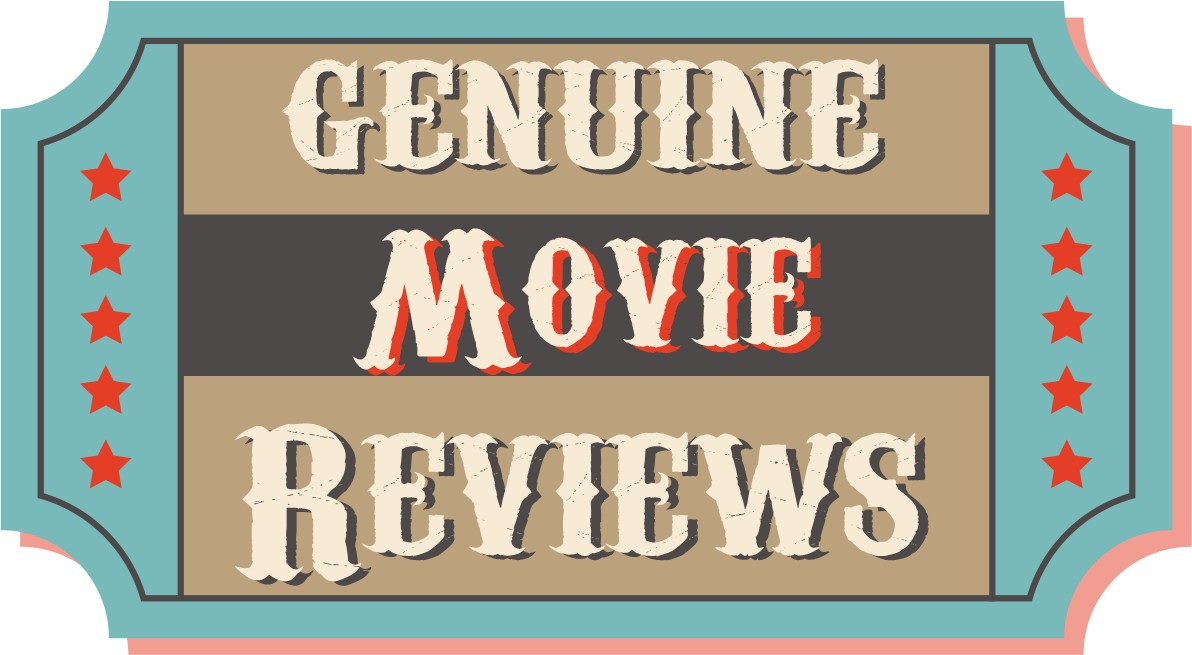

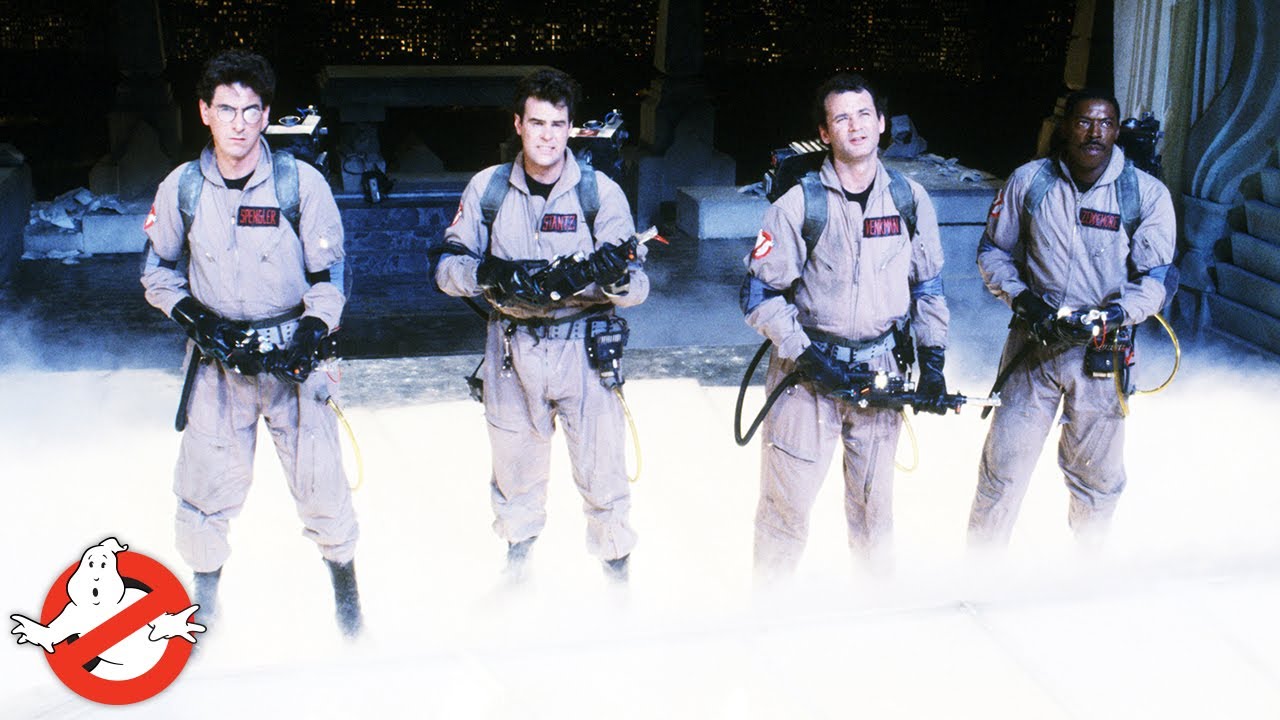
 RELATED POSTS
RELATED POSTS


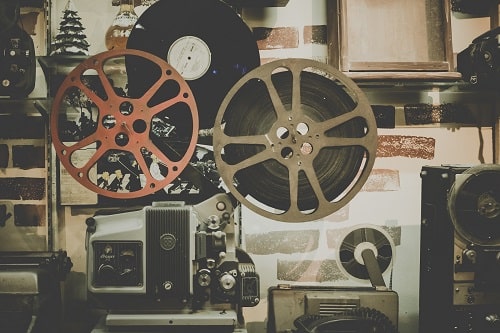
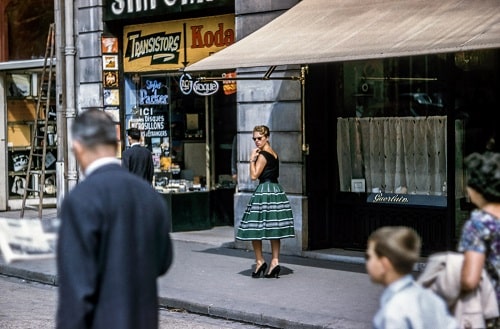
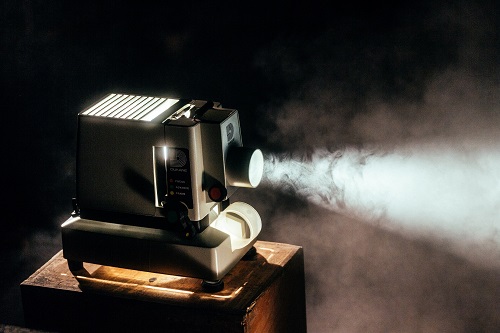
0 Comments